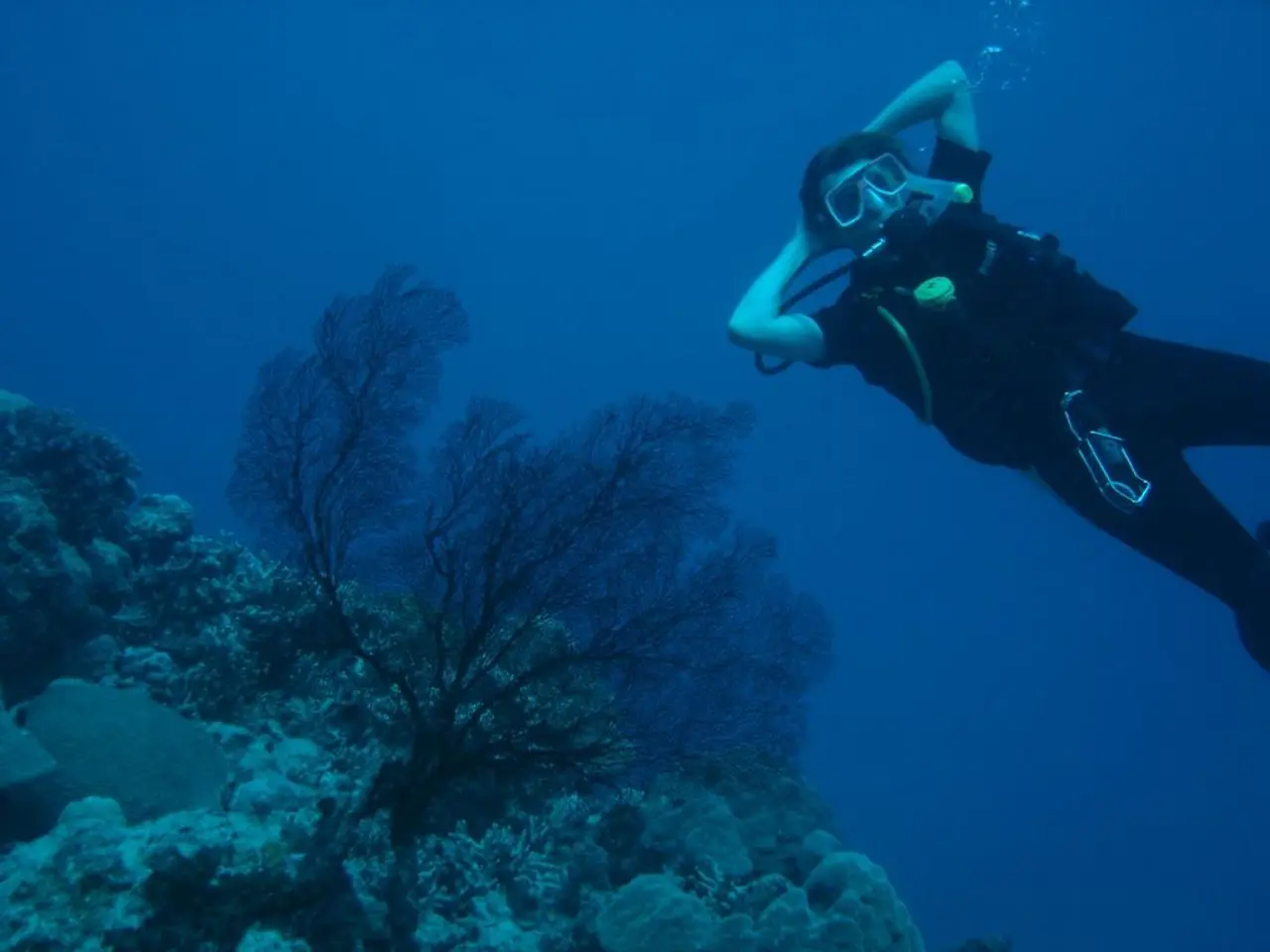Daring Sea Plunge Poses Threat to Spinal Health
In the sun-kissed beaches of the Valencian Community, a concerning trend has emerged among young people. The motivations driving them to perform dangerous jumps from breakwaters or rocks into the sea are often rooted in a complex mix of psychological, social, and cultural factors.
Thrill-seeking and the desire for excitement are key influences. Young people may be attracted to the adrenaline rush and the intense physical sensation of risk-taking activities like jumping into the sea from heights.
Social status and peer influence also play a significant role. Performing such daring acts can be a way to gain respect, recognition, or popularity within peer groups. In some cases, the influence of social media can encourage young people to assume these risks.
Exploration of freedom and autonomy is another factor. Some youths see such jumps as expressions of freedom, control over one’s body, and rebellion against perceived constraints or boredom.
Dangerous activities can also serve as a coping mechanism for underlying anxiety, stress, or mental health challenges. They provide a focus and boundary-pushing experience that distracts from these issues.
In some local or subcultural contexts, such acts might be part of tradition, rite of passage, or a way to connect with nature and environment.
The risks involved in these jumps are often underestimated by those who engage in them. Yolanda, a 14-year-old girl, ended up in the hospital with paraplegia after executing a jump into the sea. Her case is being used for awareness campaigns about dives or jumps into the water.
Yolanda jumped from a breakwater at the age of 14, where there were no barriers. A wave hit her immediately after the jump, causing her to hit the sand directly. Now, Yolanda uses a wheelchair due to her paraplegia.
Despite her circumstances, Yolanda is currently dedicated to raising awareness about water dives and jumps. Psychologist Ana Villarubia has stated that the adrenaline of the moment should not lead to disregard for one's life. Manáneros 360 had the opportunity to speak with Yolanda about her experience.
Yolanda realised something was wrong during the jump as she didn’t put her arms in front of her head properly. She was taken to the hospital after the incident and was diagnosed with paraplegia. Yolanda spoke about her experience with Manáneros 360.
Approximately 6% of spinal injuries are related to these types of water jumps or falls. While the search results do not explicitly address jumping from breakwaters, they touch on youth mental health crises and the struggles of freedom versus responsibility, which can provide context for risk behaviors seen in youth.
In summary, dangerous sea jumps by youth are driven by a combination of thrill-seeking, peer dynamics, identity exploration, and psychological coping, often emerging in the broader context of youth mental health and their search for meaning or freedom. It is crucial to raise awareness about the risks associated with these activities and to promote responsible and safe behaviour among young people.
Read also:
- Exploring the Strength of Minimally Digestible Diets: A Roadmap to Gastrointestinal Healing
- Secondhand Smoke: Understanding its Nature, Impact on Health, and Additional Facts
- Treatment Options for Uterine Cancer: An Overview
- Court in Madhya Pradesh rules that lewd conversations between a wife and other men can serve as grounds for divorce





